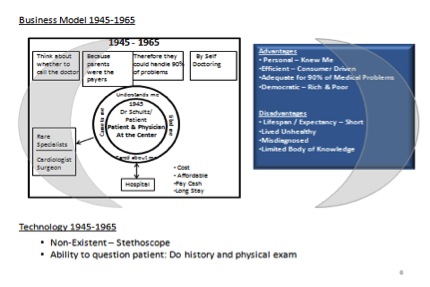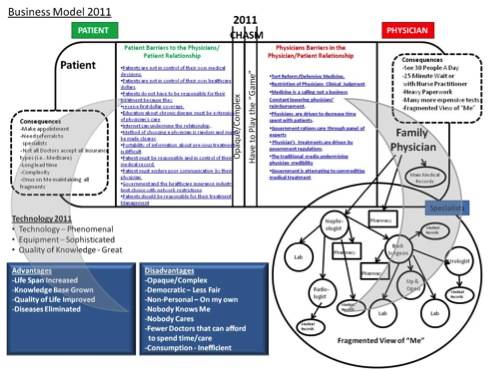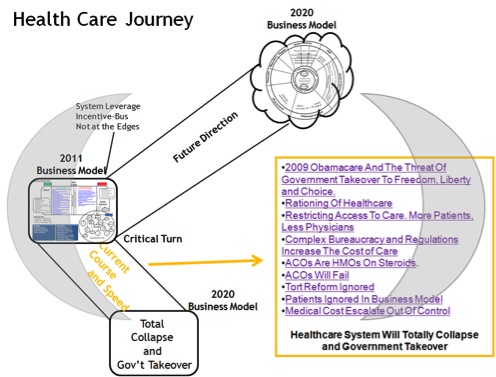Maybe Obamacare Is Not Such A Good Idea
Stanley
Feld M.D.,FACP ,MACE
Dear
President Obama;
Maybe Obamacare
is not such a good idea.
I suspect
you will not read this nor have you read my letters to you when you were first
elected.
The letters
were about how our healthcare system became so dysfunctional and what solutions, that will work,
are needed to repair the healthcare system.
Dear President Obama Part 1
Dear President Obama Part 2
Dear President Obama Part 3
Dear President Obama Part 4
Dear President Obama Part 5
Dear President Obama Part 6
Respectfully,
Stanley Feld M.D., FACP, MACE
President Obama did not listen to me at all. It looks like his
agenda was not to "Repair the Healthcare System." It was to destroy it and
replace it with a government control single party payer system.
I continually think about the statement President Obama made to
Barney Frank and John Kerry when passing the law. They said the law must have a
public option and a single party payer to work.
President Obama told them not to worry about the public option.
Now Obamacare is experiencing objections from the interest
groups whose support is needed.
Many states realized they would get stuck with the bill for the
health insurance exchange. Thirty-three states did not want to participate.
Many did not want to increase their budget deficits.
All these stakeholders are realizing that President Obama has thrown
them under the bus despite his initial promises.
Obamacare does not serve the vested interests of any of these
stakeholders.
Some of the stakeholders are going to get special treatment with
waivers.
For Obamacare to work, everyone must participate. The mandate was
included in the law to force everyone to participate.
The Supreme Court called it a tax to allow the Obamacare law to be
constitutional.
A basic insurance principle is that everyone must participate to spread
the risk for the insurance industry.
The present system and Obamacare exempts the insurance companies from incurring risk.
It also exempts patients from being responsible for their own health and
healthcare dollars. When Americans spend their own money the free market works as
we have seen in many industries. They support the best product within their
means.
The government could support the underprivileged by providing them with
their healthcare dollars and teaching them how to use them.
The biggest villains in the healthcare system are the healthcare
insurance companies. They take 40% of every healthcare dollar spent by private
and public insurers off the top.
The healthcare insurance industry is the administrative service
provider for all public employees, public healthcare entitilments and private health insurance plans. The 40% overhead is charged
to all. The charge is not transparent.
Obamacare sets the conditions for continued abuse by the healthcare
insurance industry.
If young people don’t show up for Obamacare,
premiums for everyone else in the exchanges will skyrocket—which, of course,
dramatically increases the cost for taxpayers.
Congress
and congressional government workers wanted to be exempt from Obamacare because
That implies that they would no longer receive
coverage through the Federal Employees Health Benefits Program…
Nor does it
authorize the government to reimburse federal employees who buy health
insurance on their own.”
Congress and their aides have
the best insurance coverage in the nation. Taxpayers subsidize their healthcare
insurance.
Through the years this
subsidy has been discussed. Many have objected
to the cost of this Congressional benefit.
Congress has
objected to Obamacare changing the healthcare insurance they have enjoyed. Congress wants to be exempt from Obamacare.
“President
Barack Obama privately told Democratic senators he is now personally involved
in resolving a heated dispute over how Obamacare treats Capitol Hill aides and
lawmakers, according to senators in the meeting.”
Few on Capital Hill objected to President Obama changing the
rules of the law himself to protect their benefit.
A question should be asked, “Why should Congress and
congressional aides be treated differently than the general population?”
Currently, the government
pays nearly 75 percent of these premiums.
The government’s contributions are in jeopardy
due to a controversial Republican amendment to Obamacare, which
says that by 2014, lawmakers and their staff must be covered by plans “created”
by the law or “offered through an exchange.”
President Obama declared,
“I'm on it” to clear up Capital Hill’s objections to Obamacare’s effect on
Capital Hill’s healthcare insurance.
The IRS employees also want to be exempt from Obamacare.
IRS
chief Danny Werfel, the head of the agency charged with administering Obamacare
said that he would rather keep his own insurance than get coverage under the
system created by President Barack Obama's single domestic policy
achievement.
Danny Werfel made this statement before the
House Ways and Means Committee,
Like
most
other federal workers, IRS employees currently get their health insurance
through the Federal Employees Health Benefits Program, which also covers
members of Congress.
House Ways and Means Committee Chairman Dave Camp said he has long
believed, “every American ought to be exempt from
the law, which is why he supports full repeal,”
IRS employees have the
responsibility to enforce much of the health insurance law,
especially in terms of collecting the taxes and distributing subsidies that finance
the whole system.
IRS agents, in addition to
collecting taxes will also collect data and apply penalties for those who fail
to comply with many of Obamacare’s requirements.
The special favors are coming
next. The Obama administration will only create more dysfunction in the
healthcare system. President Obama’s published goals are good. However, the law
is bad and its execution is worse.
Maybe he ought to consider
my Ideal Medical Savings Accounts as a free market solution to our healthcare
system’s problems.
If you do
not like what is going on, please write your senator, congressman and the
President and tell them that,
“Maybe Obamacare Is Not Such A Good
Idea.”
The opinions expressed in the blog “Repairing The Healthcare System” are, mine and mine alone
Please have a friend subscribe



